Why Americans of All Ages Love Little Golden Books
Twelve Lively, Kid-Centric Book Covers from the Smithsonian's National Museum of American History
In the early 20th century, most children’s books were large, lavishly illustrated, and expensive. They were absent from the bookshelves of most American families, and enjoyed primarily in libraries and schools. All that changed in 1942 with Little Golden Books—a series of slim, brightly colored books that revolutionized how, where, and what children read.
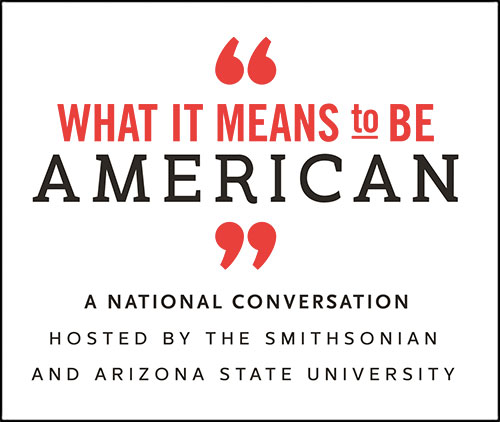 The book series—introduced by Simon & Schuster, the Artists and Writers Guild, and the Western Printing and Lithographing Company of Racine, Wisconsin—were designed with children in mind. Little Golden Books were small. They were sturdy. And they told stories of everyday life from a child’s perspective—focused on the “here and now,” rather than the fairy tales, folk tales, and nursery rhymes that had previously dominated children’s literature.
The book series—introduced by Simon & Schuster, the Artists and Writers Guild, and the Western Printing and Lithographing Company of Racine, Wisconsin—were designed with children in mind. Little Golden Books were small. They were sturdy. And they told stories of everyday life from a child’s perspective—focused on the “here and now,” rather than the fairy tales, folk tales, and nursery rhymes that had previously dominated children’s literature.
It wasn’t only the subject matter of Little Golden Books that made them accessible: They were available for just 25 cents at bookstores and department stores. The first book published in 1942 and was hugely popular, but production was slowed down due to paper shortages and a focus on the war effort. After World War II, Simon & Schuster launched a new marketing plan and began selling the books on display units in five-and-dime chains, groceries, and drugstores.
“These books were so revolutionary in terms of what they introduced to children,” said Melodie Sweeney, a curator who oversees the 500-item Little Golden Books collection at the Smithsonian’s National Museum of American History. They broadened children’s perspective by opening up new worlds and experiences, like life on a farm or in a city, pertinent to new readers between the ages of 3 and 8.
Here Comes the Parade (1951), illustrated by Richard Scarry, focused on the sights and sounds of the Macy’s Thanksgiving Day Parade in New York City. The story features a safety-conscious policeman, spectators of all ages, marching bands, and balloons in the shape of characters like Howdy Doody.
But the books also showed children how to be good citizens in mid-century society. Some showed kids as “little grown-ups” attending to the duties that come with caring for home and family. The cover of Let’s Save Money (1958) shows two children at a bank teller window—with a sign reminding readers to “Buy U.S. Savings Bonds.” The female characters in many Little Golden Books, like the pigtailed girl wearing an apron on the cover of Susie’s New Stove (1950), personify the cultural norms that characterized women’s roles at that time.
And Little Golden Books were famous for early experiments in product placement and entertainment tie-ins. In addition to teaching basic safety tips to young children, the Doctor Dan and Nurse Nancy books included junior-size Johnson & Johnson Band-Aids.
Radio, movie, and television rights soon generated a whole new cast of characters. A license with Walt Disney in the 1950s allowed Little Golden Books to publish stories about some of Disney’s earliest creations, including Snow White, Pinocchio, Dumbo, and Sleeping Beauty. The books also began to feature television personalities like Captain Kangaroo, as well as popular Saturday-morning cartoon characters like Woody Woodpecker. As a result of these new partnerships with Warner Bros. and Hanna-Barbera, books increasingly featured stories taken from children’s television shows—rather than original stories.
Little Golden Books have been published in more than 50 years and remain as affordable and popular as ever. Their subject matter today may be geared to a 21st-century sensibility with more diverse characters and stories and less traditional gender roles, but one thing has remained the same over the years.
“Little Golden Books are about what happens in a child’s everyday life,” said Sweeney. “That’s why they’ve endured.”




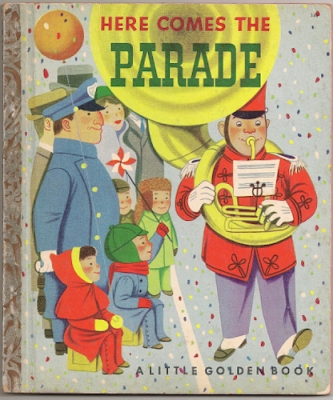


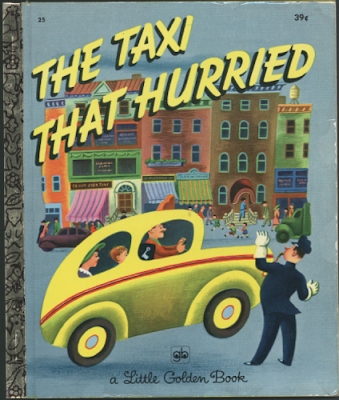


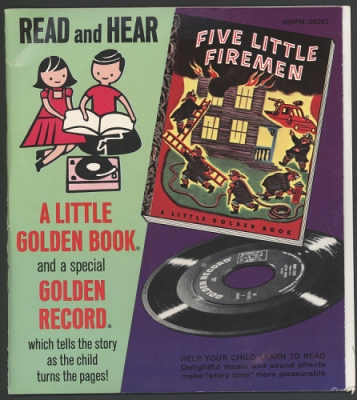
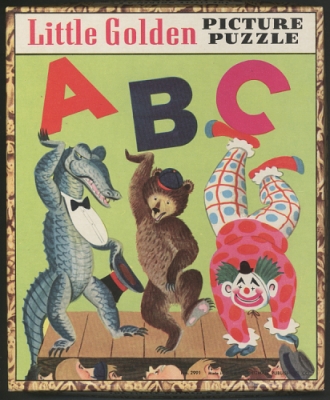

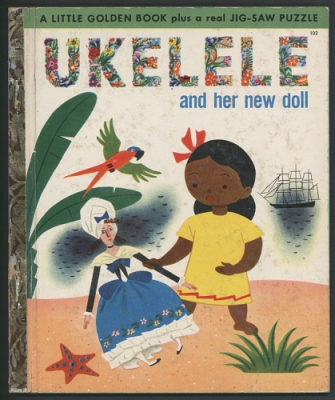
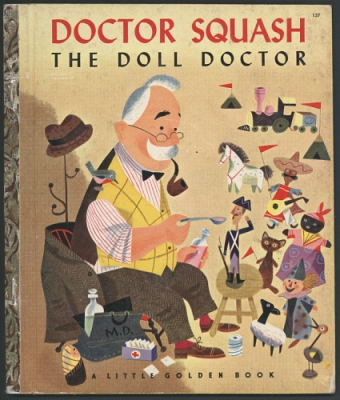

Send A Letter To the Editors